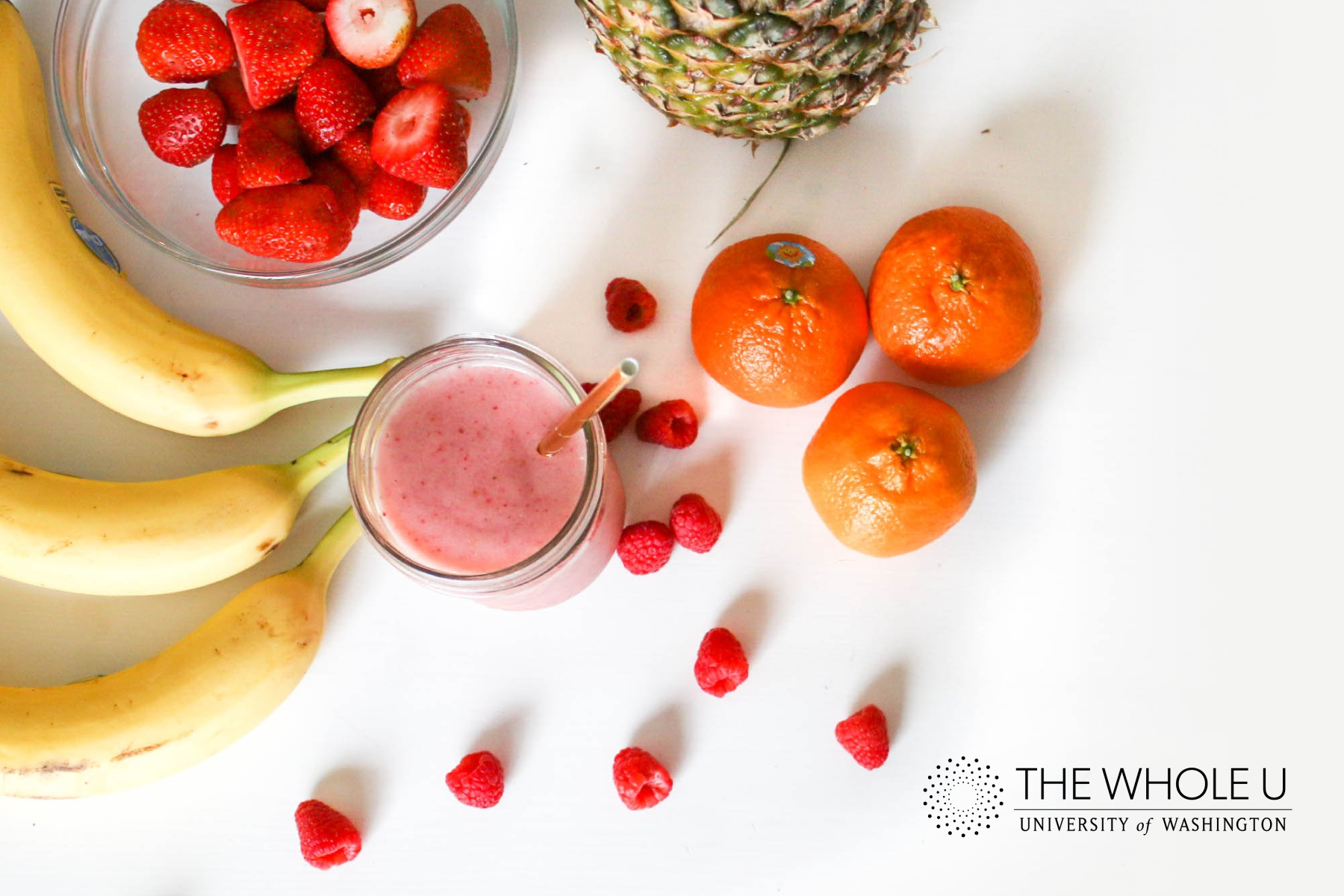
Juicing vs. Blending – What’s the Difference?
It’s well-established that increasing your intake of fruits and vegetables is good for you. A review of studies has shown that eating five or more servings of fruits and vegetables a day can decrease the risk of stroke by 26%, as well as reduce the risk of dying from cardiovascular disease. One study done in King County suggests that the antioxidants in fruit and vegetable juices may play an important role in delaying the onset of Alzheimer’s disease.
The more fruits and vegetables you consume, the greater the benefits! But it can be difficult for some people to consume the recommended five or more servings in one day. Juicing or blending fruits and vegetables into smoothies can be one easy way to get your daily servings in.
There’s a lot of talk these days about the health benefits of juicing and blending. But what’s the difference? And what kind of equipment do you need for each one?
Juicing is a process where the liquid part of the fruit or vegetable is separated from the pulp, or fiber. You get a thin and concentrated liquid product that contains vitamins, minerals, and other phytonutrients, which are bioactive plant-derived compounds associated with positive health effects. You specifically need a juicer to do this.
With blending, the whole fruit or vegetable is used: what you put in the blender is what you consume. The volume of the drink, which is often called a smoothie, will be much greater than that of a juice made from the same amount of fruits or vegetables. You can use anything from a standard blender to higher-end products like a Vitamix.
There are pros and cons to both juicing and blending. Juicing provides a very nutrient-dense beverage in a smaller amount of liquid. For those who need a low-fiber diet, juicing may be a better option. It’s important to note that the portion size of juice should be smaller than a blended beverage. Otherwise, you can get many calories from sugar in that cup of juice. Juicing can also be more expensive, as you have to use a greater volume of produce (for example, about 2 oranges, 1 stem of kale, ½ red pepper, 1 cup berries, and 1 stalk broccoli will make about one cup of juice but about 3 cups of smoothie).
With smoothies you retain the fiber, which can help you feel fuller and improve your digestive health. In addition, you can add other types of foods to smoothies like nuts, seeds, and yogurts to increase your intake of healthy protein and fats. This drink will be thicker and may take some time to get used to.
Either process can help you to increase your fruit and vegetable intake and create less waste in the kitchen. How many of us have seen our beautiful produce go bad because we didn’t have time to cook a meal or prepare the salad we were planning?
Some tips for juicing and/or blending:
- To prevent excess sugars, limit the fruit in both juices and smoothies to 1-2 servings per drink (i.e. ½ cup to 1 cup fruit)
- Green veggies like kale, spinach, parsley, and cabbage surprisingly do not taste very intense in smoothies or juice, so load up on those!
- Citrus, lime juice in particular, can help to cut out any bitter taste from vegetables (remember to remove the peels)
- When juicing, high water content vegetables like cucumbers and celery will help to add volume and nutrients
- When blending smoothies, add regular or coconut water to make it less pulpy
- You get what you pay for when buying a juicer or a blender: the current products claiming to have benefits over other standard blenders tend to have higher horsepower
Happy blending and juicing!
Please note: consult with your medical provider first if you have any medical condition.
Melissa Montalto is a registered dietitian and Certified Diabetes Educator (TM) with a master’s degree from Bastyr University. In addition to working at the University of Washington Medical Center as an ICU dietitian and as a diabetes nutrition educator throughout the hospital, she also teaches weekly yoga classes the UW IMA.
This post was originally published in the RD Blog. You can visit the RD Blog and see its archives if you have a UW Medicine ID.
